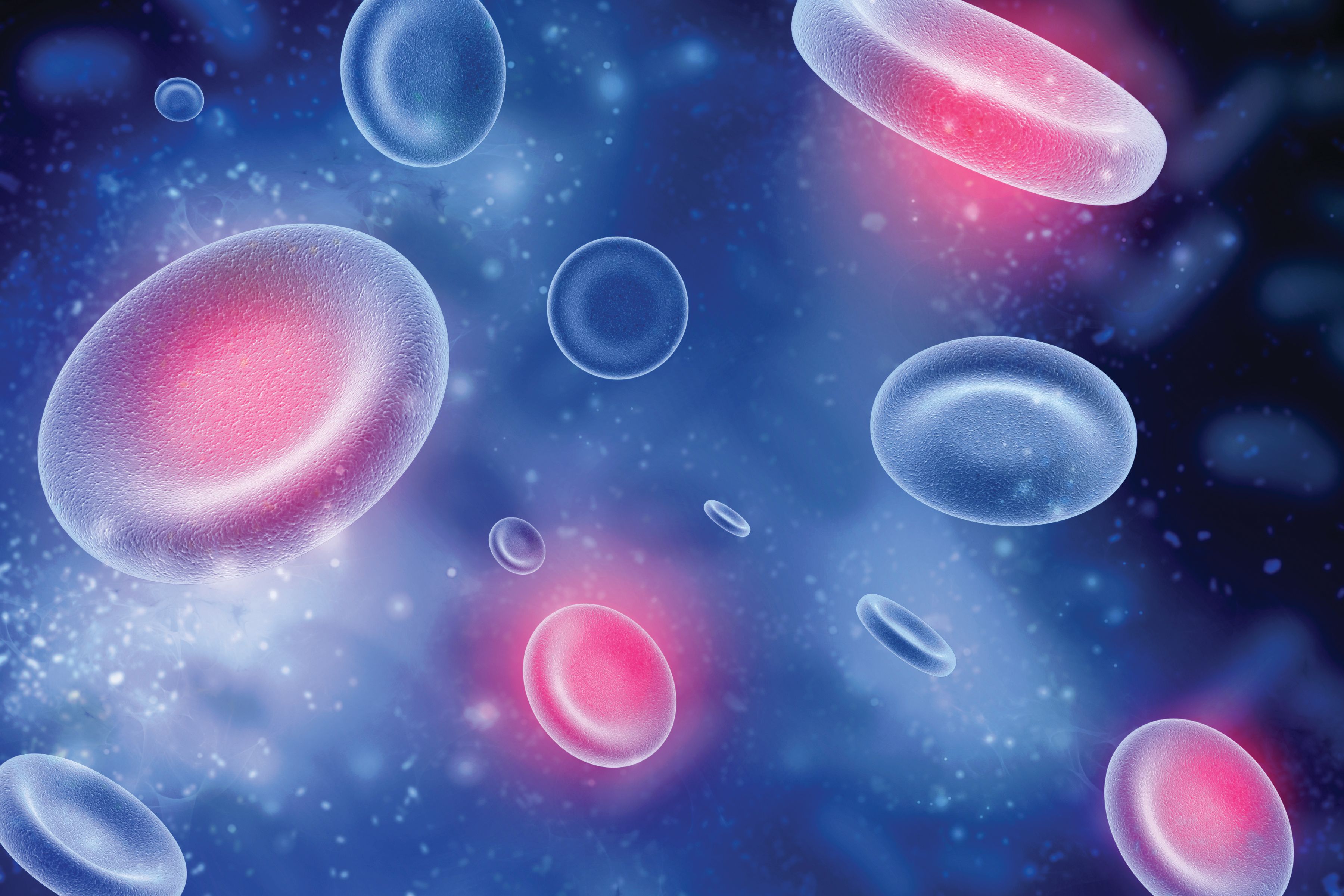Novel Treatment Receives FDA RMAT Designation in R/R Mantle Cell Lymphoma
The anti-CD19/4-1BB CAR T-cell therapy candidate elicited an ORR and CR rate of 100% each in patients with relapsed/refractory MCL.
The anti-CD19/4-1BB CAR T-cell therapy candidate elicited an ORR and CR rate of 100% each in patients with relapsed/refractory MCL.

The FDA has granted regenerative medicine advanced therapy (RMAT) designation to GLPG5101, a second-generation anti-CD19/4-1BB CAR-T product candidate, for the treatment of patients with relapsed/refractory mantle cell lymphoma, according to a press release from the developer, Galapagos NV.1
Supporting results come from the multicenter phase 1/2 ATLANTA-1 trial (NCT06561425) that evaluated the efficacy, safety, and feasibility of GLPG5101 in patients with relapsed/refractory B-cell non-Hodgkin lymphoma (NHL).2
In the press release, it was noted that, at the data cut-off of January 21, 2025, treatment with the agent demonstrated high objective response rates (ORRs) and complete response (CR) rates. Updated data from the trial will be shared at an upcoming medical conference.
Previously, in December 2024, it was reported that, with a data cut-off of April 25, 2024, the ORR was 100% and the CR rate was 100% in all efficacy-evaluable patients with mantle cell lymphoma (n = 8).3
“This designation reflects the promising clinical activity and safety profile observed in our ongoing phase 1/2 study and supports our commitment to delivering an effective and timely treatment option to patients in need,” stated Omotayo Fasan, MD, clinical development program head at Galapagos, in the press release.1 “With RMAT status allowing for closer collaboration with the FDA, this will enable additional opportunities for accelerated development and assessment timelines.”
ATALANTA-1 was broken into 2 separate phases: the dose escalation phase, which was designed to choose the doses for dose expansion based on efficacy and safety data, and the dose expansion phase, which treated patients with various NHL subtypes at the selected recommended phase 2 doses (RP2D).
In the phase 1 dose escalation phase, treatment was administered intravenously at 3 dose levels: dose level 1, 50 x 106 CAR-positive viable T-cells; dose level 2, 110 x 106 CAR-positive viable T-cells; and dose level 3, 250 x 106 CAR-positive viable T-cells. In the dose expansion phase, patients in the mantle cell lymphoma cohort received the selected RP2D dose.
The trial enrolled patients with various NHL subtypes, such as diffuse large B-cell lymphoma, follicular lymphoma, and mantle cell lymphoma, among others. Additional enrollment criteria included relapsed/refractory disease, presence of at least 1 measurable lesion per the Lugano classification, an ECOG performance status of 0 to 2, and adequate bone marrow, renal, hepatic, and pulmonary function.
Reasons for trial exclusion were a history of another primary malignancy requiring intervention beyond surveillance or not being in remission for 3 years, active central nervous system involvement, clinically significant cardiac disease, primary immunodeficiency, history of HIV, and stroke or seizure within 6 months of screening, among others.
In phase 1, the primary end points were the number of patients with adverse effects (AEs) and serious AEs (SAEs), and the number of patients with dose-limiting toxicities; in phase 2, the primary end points were the number of patients with an objective response per the Lugano classification and the progression-free survival. Secondary end points included CR rate, duration of response, duration of complete response, event-free survival, overall survival, pharmacokinetics, pharmacodynamics, and quality of life.
GLPG5101 demonstrated a manageable safety profile, with low rates of high-grade cytokine release syndrome (CRS), immune effector cell-associated neurotoxicity syndrome (ICANS), and low dropout rates.
As of October 14, 2024, 42.6% of patients experienced CRS, with grade 1, grade 2, and grade 3 events occurring in 21.3%, 19.7%, and 1.6%, respectively; the median time to onset was 7.0 days (range, 1.0-20.0), and the median duration was 3.0 days (range, 1.0-17.0).4 The most common form of managing CRS toxicity was tocilizumab (Actemra; 24.6%).
ICANS occurred in 19.7% of patients, with grade 1, 2, and 3 events occurring in 18.0%, 0%, and 1.6%, respectively; the median time to onset was 11.5 days (range, 2.0-30.0), and the median duration was 2.0 days (range, 1.0-47.0). Dexamethasone (9.8%) and tocilizumab (4.9%) were used to manage ICANS.
References
- Galapagos NV announces U.S. FDA regenerative medicine advanced therapy (RMAT) designation granted to GLPG5101 for the treatment of relapsed/refractory mantle cell lymphoma. News release. Galapagos NV. August 6, 2025. Accessed August 6, 2025. https://tinyurl.com/yk69bzt8
- A study evaluating the safety and efficacy of GLPG5101 (19CP02) in participants with non-Hodgkin lymphoma (Atalanta-1). ClinicalTrials.gov. Updated May 25, 2025. Accessed August 6, 2025. https://tinyurl.com/muez6k9b
- Galapagos to present new ATALANTA-1 CAR-T data at EHA 2025, highlighting low toxicity and rapid, decentralized delivery of fresh, early-memory-enriched GLPG5101 in R/R NHL. News release. Galapagos NV. June 12, 2025. Accessed August 6, 2025. https://tinyurl.com/ycyvtuf6
- Galapagos announces encouraging new results from ongoing phase 1/2 study of CD19 CAR T-cell therapy, GLPG5101, in patients with relapsed/refractory non-Hodgkin lymphoma. News release. Galapagos NV. December 7, 2024. Accessed August 6, 2025. https://tinyurl.com/4bcz3sex
Highlighting Insights From the Marginal Zone Lymphoma Workshop
Clinicians outline the significance of the MZL Workshop, where a gathering of international experts in the field discussed updates in the disease state.